
Axiom Space is gearing up to launch its third fully private astronaut mission to the International Space Station.
Per NASA rules, all private missions to the ISS must be led by a former NASA astronaut.
Houston-based Axiom’s first private mission launched in April 2022 and the second followed in May 2023.
But Axiom is not stopping at private astronaut missions — as if that wasn’t ambitious enough.
Instead, the company aims to eventually attach commercial modules to the ISS, that Axiom owns and operates, which would detach by the end of the decade to become a free-flying Axiom Space Station.

NASA is pushing back the next two Artemis missions to the moon — including the first crewed lunar mission in over fifty years — by around twelve months in order to give commercial partners more time to develop their technology.
The date of the fourth Artemis mission remains unchanged on September 2028.
That’s because SpaceX must also develop in-orbit refueling capabilities, as the architecture involves Starship refueling in space before picking up the astronauts.
After delivering astronauts to the moon, the Starship HLS must then launch from the surface before docking with Orion.
NASA officials also outlined a handful of issues they discovered after the demonstration launch of SLS in late 2022.

In a devastating series of updates earlier today, the Pittsburgh-based startup said a “failure within the propulsion system” is causing a critical loss of propellant.
The propulsion system is a critical component of a spacecraft, but it’s especially important for this mission, which is taking an indirect path to the moon.
NASA, likely sensing the difficulty of a moon landing, has issues awards to multiple companies under the program.
Other awardees include Intuitive Machines, which is set to make its own lunar landing attempt next month, and Firefly Aerospace, which will conduct its first lunar mission later this year.
A deputy administrator from NASA’s Science Mission Directorate, Joel Kearns, said in a statement after launch that “each success and setback are opportunities to learn and grow.
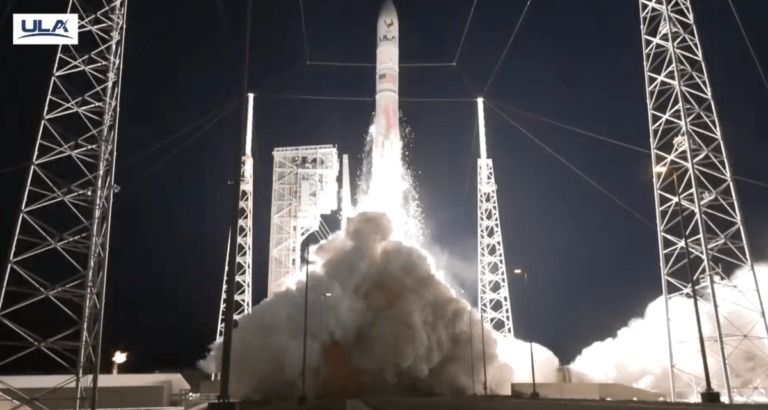
The company’s next-generation rocket Vulcan Centaur successfully lifted off in the early hours of Monday, and its primary payload, a lunar lander from Astrobotic, is now on its way to the moon.
The heavy-lift rocket took off from Cape Canaveral Space Force Center at 2:18 AM EST Monday.
The Centaur executed two more burns to get Astrobotic’s Peregrine lander on the correct trajectory to the moon.
With those complete, the lander, called Peregrine, will now embark on a one-and-a-half month journey to the moon.
The launch and subsequent journey to the moon are a watershed moment for both United Launch Alliance and Astrobotic.

United Launch Alliance’s Vulcan Centaur rocket has been rolled to the launch pad at Cape Canaveral Space Force Station ahead of its early Monday morning launch, a mission that could end with the first fully private spacecraft landing on the moon.
Vulcan’s primary payload is Astrobotic’s Peregrine lunar lander.
The two companies had been targeting a Christmas Eve launch, but ULA decided to postpone due to ground system issues.
“We are ready for launch, and for landing.”ULA and Pittsburgh-based Astrobotic are not the only firms with much riding on Monday’s launch.
That program, Commercial Lunar Payload Services (CLPS), has collectively doled out hundreds of millions to spur private development of moon landers.
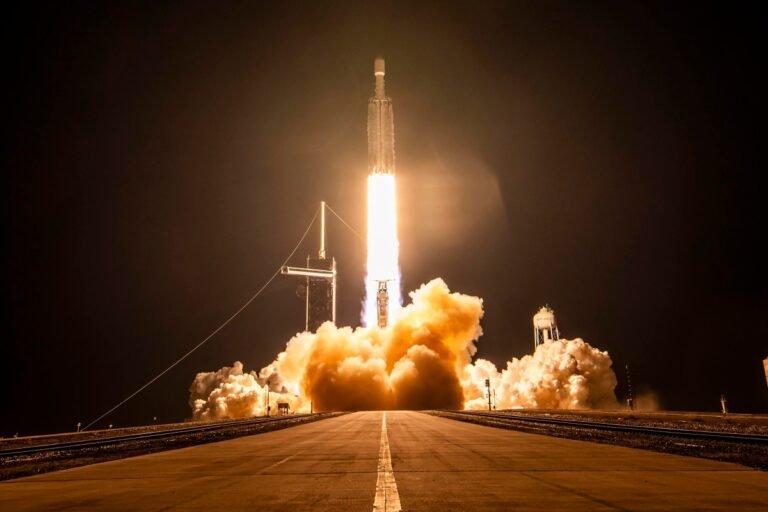
The Falcon Heavy lifted off on the clandestine mission at 8:07 PM Eastern from NASA’s Kennedy Space Center.
The U.S. Space Force’s X-37B space plane, a reusable vehicle that acts as a classified testbed for experiments in space, was the sole payload on the massive rocket.
Even the windows of the small space plane are blacked out.
One of the big mysteries of this particular mission is the Space Force’s choice to book a triple-boosted Falcon Heavy.
This is the fifth time SpaceX has launched a Falcon Heavy rocket this year, and the ninth overall since 2018.
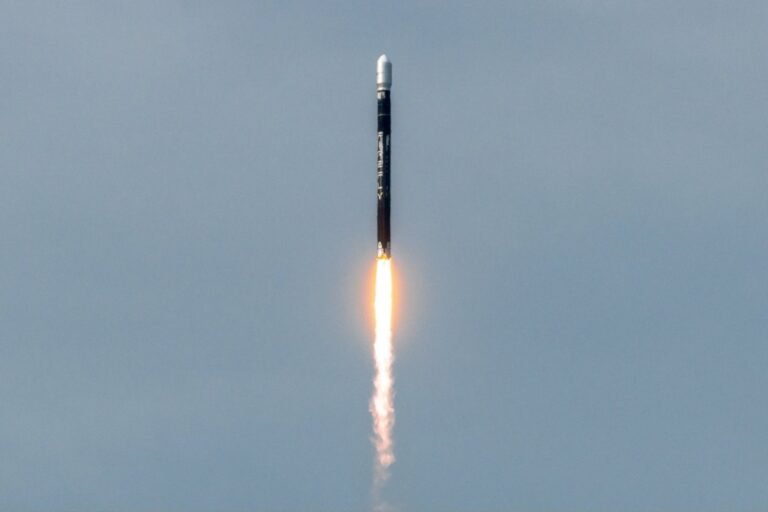
Firefly Aerospace sent its Alpha rocket to orbit this morning, with the company carrying a payload from Lockheed Martin to space.
Today’s launch marks the fourth-ever flight of Firefly’s Alpha rocket.
The rocket was carrying Lockheed’s demonstrator payload, called the Electronically Steerable Antenna (ESA) technology demonstrator, to low Earth orbit.
From there, the Lockheed Martin payload should have been deployed.
For that mission, Firefly had just 24 hours to complete final launch preparations, encapsulate the payload and mate it to the rocket.
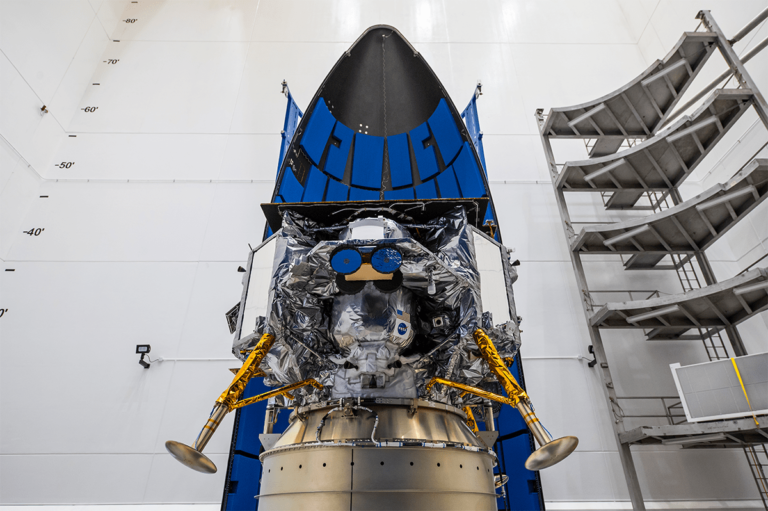
Astrobotic’s first lunar lander is ready for lift-off.
The company announced Tuesday that the lander, called Peregrine, has completed final checkouts and fueling after it was mated with United Launch Alliance’s Vulcan Centaur rocket last month.
Astrobotic is executing the mission as part of a $79.5 million contract from NASA under the agency’s Commercial Lunar Payload Services (CLPS) program.
Pittsburgh-based Astrobotic is one of a handful of commercial players betting that there will be a thriving market for lunar payload delivery services.
Other companies include Intuitive Machines, which is aiming to launch its first lander just days after Peregrine, on January 12, as well as Firefly Aerospace and Japanese firm ispace, which had a failed lunar launch earlier this year.
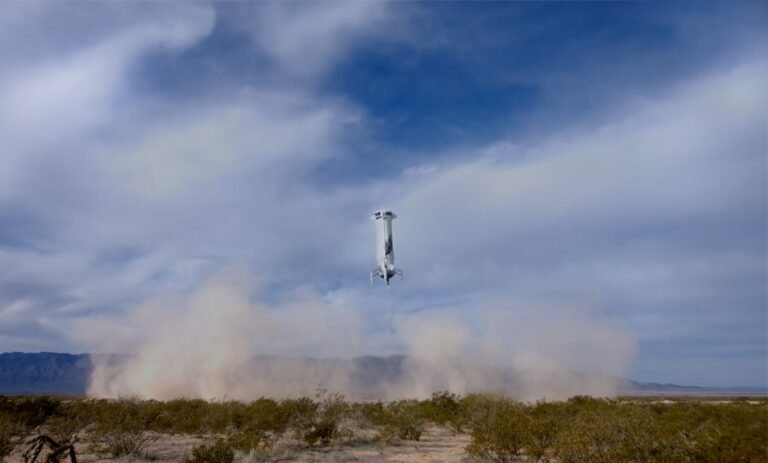
Blue Origin’s New Shepard is officially back in action, with the company today successfully launching the suborbital rocket for the first time in more than 15 months.
The rocket lifted off from Blue Origin’s launch site in West Texas at around 10:42 a.m. local time.
The mission successfully concluded after a period of 10 minutes, when the capsule safely returned to Earth after a brief suborbital flight.
This is the first time Blue Origin has launched New Shepard since September 2022, when an anomaly triggered an auto-abort mid-flight.
Blue flew New Shepard four times in 2022, including the failed launch.

Hello and welcome back to Max Q!
This demonstration mission may prove to be a case study in the difficulties of putting hardware on orbit for the first time.
In the blog post, the company dives into the problems it encountered — some even before the mission launched.
Max Q is brought to you by me, Aria Alamalhodaei.
If you enjoy reading Max Q, consider forwarding it to a friend.













